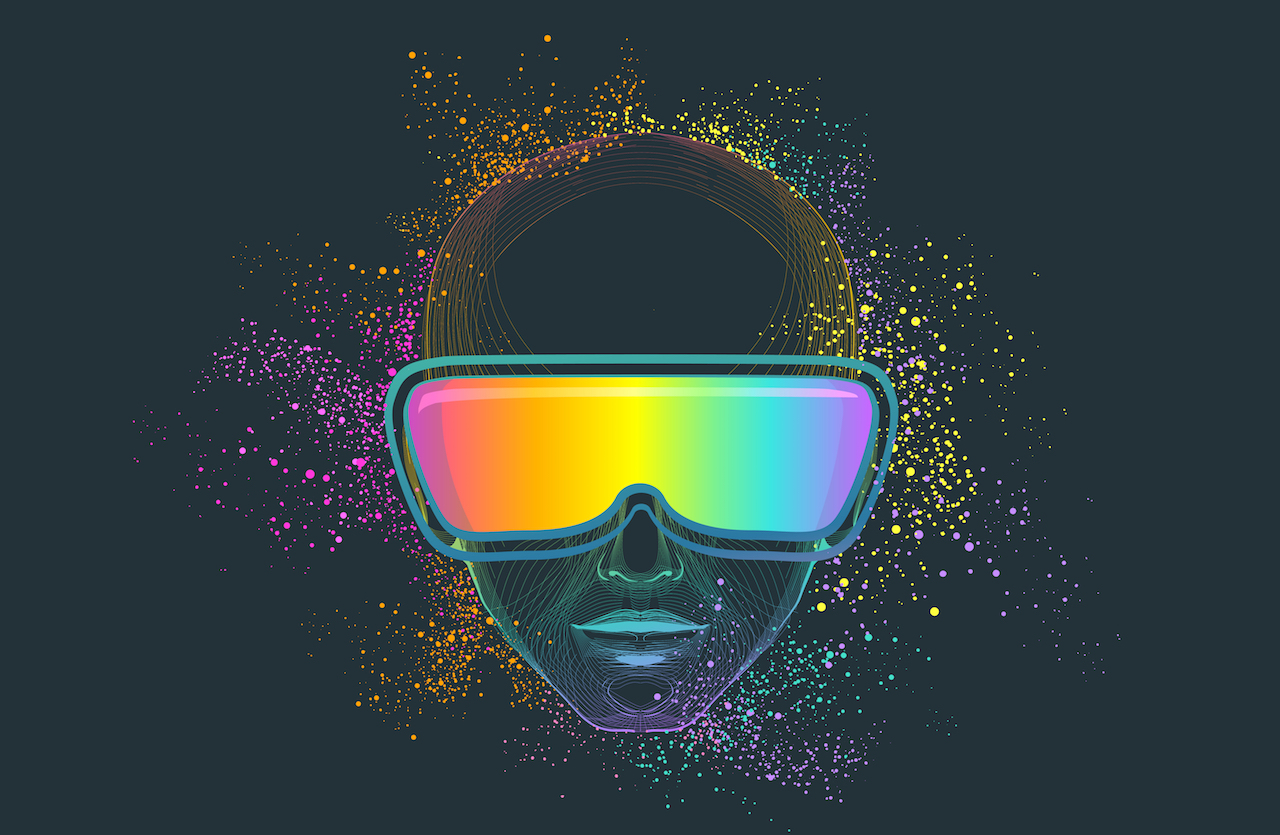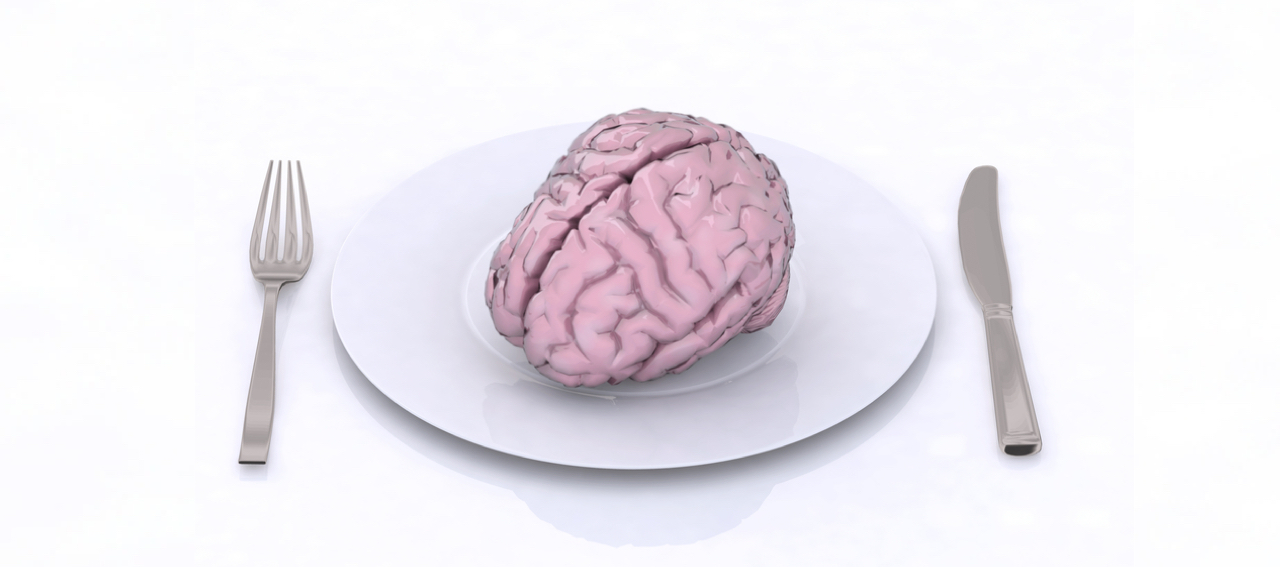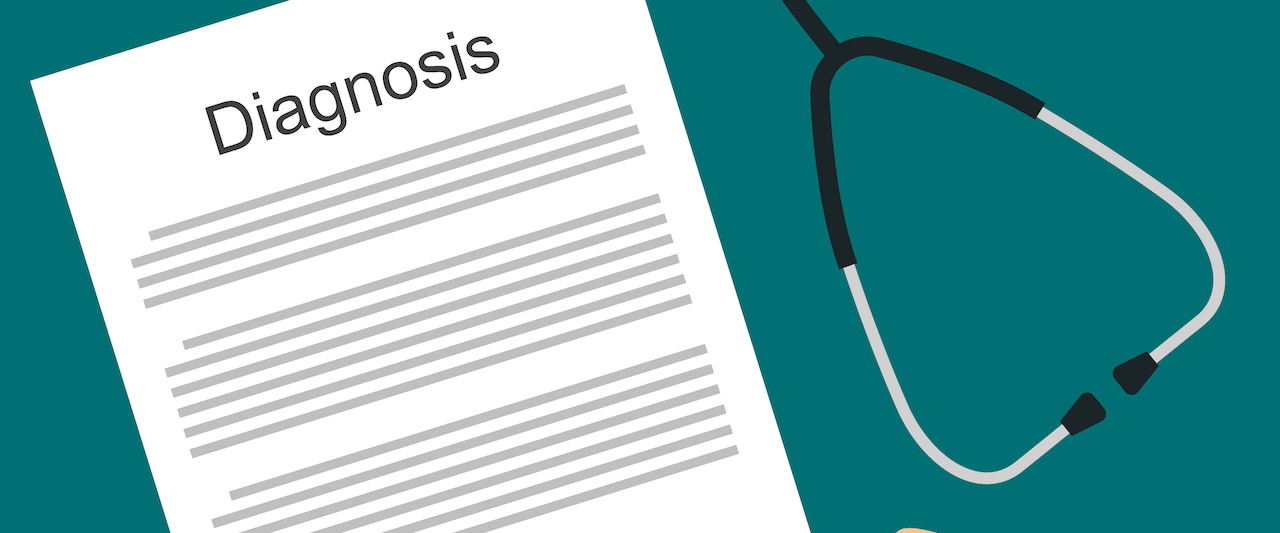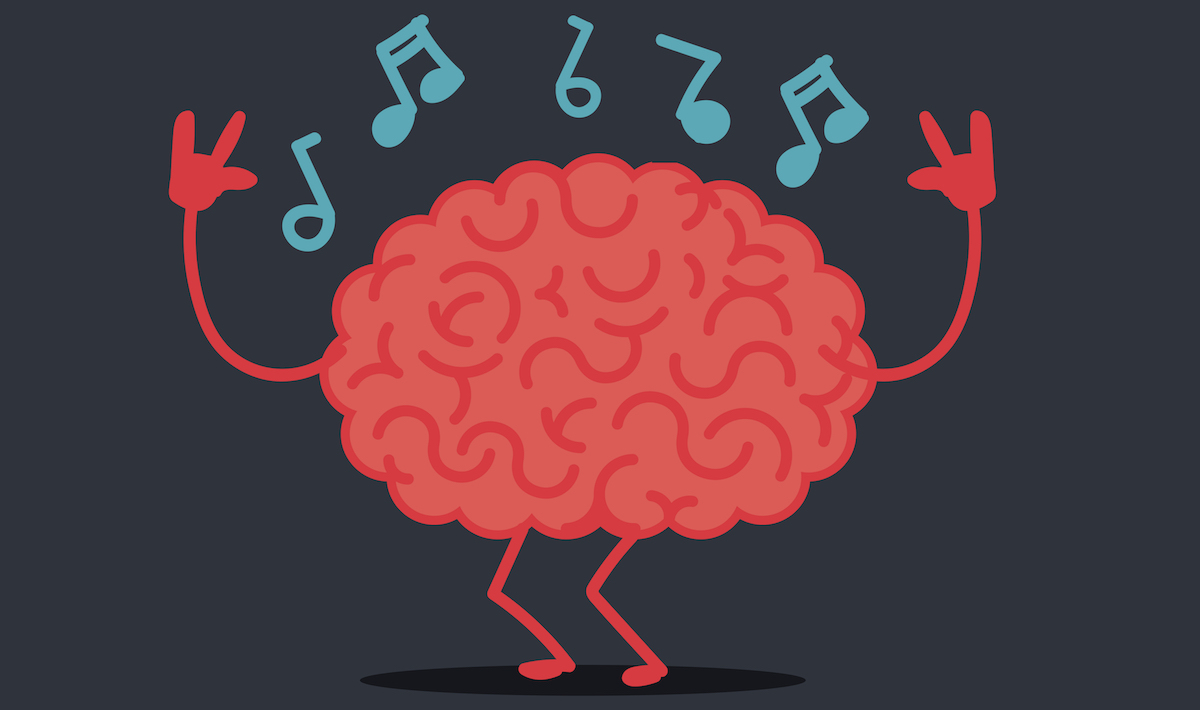Imagine seeing swirls of colours when you listen to music and tasting different flavours when you see shapes or objects. It might sound impossible, but this is a reality for a synesthetic person.
Synesthesia is a neurological condition that causes your brain to process information in such a way that you’d experience senses like tasting, smelling, hearing and seeing simultaneously. It may sound like hallucination, but the sensations that synesthetes experience are consistent.
For example, a person with synesthesia may associate the musical note “F” with a shade of red, number three with the colour pink and the word “truck” with the colour blue. For those who taste words, saying the word “table” may taste like apricots, and perhaps saying the word “book” would taste like chocolate.
According to the American Psychologist Association, one in 2 000 people have synesthesia. The condition is common among creatives like artists, writers and musicians and approximately 20 to 25% of people in these professions have the condition.
Examples of famous artists with synesthesia include singers Lorde and Pharrell Williams, violinist Kaitlyn Hova and painters Wassily Kandinsky and David Hockney. Others include writer Vladimir Nabokov and composer Olivier Messiaen.
Types of synesthesia
- Seeing colours in the air when music plays (music-colour synesthesia).
- Tasting words (lexical-gustatory synesthesia).
- Smelling specific scents when hearing sounds.
- Feeling certain textures causes emotions (tactile-emotion synesthesia).
- Seeing different colours when experiencing emotions (e.g. seeing red when you’re angry).
How does it happen?
A conclusive reason for synesthesia hasn’t been found, but studies have revealed several theories. A researcher at the University of Cambridge, Simon Baron-Cohen suggested that synesthesia is caused by extra connections and cross-wiring in the brain.
Usually, senses are assigned to different parts of the brain and there’s minimal communication between senses. For those with synesthesia though, the barriers are broken down and the senses communicate more freely.
Peter Grossenbacher, a psychologist from the Naropa University in Colorado, found that synesthesia happens when single sense areas of the brain receive information from multisensory areas. This causes more than one sense to be experienced at once.
Other researchers have proposed that synesthetic perceptions can be absorbed and are created to enhance learning. They’ve taken into account that letters, numbers, words, days of the week and months (concepts synesthetes associate certain senses with), are all concepts that are important to memorise and synesthesia can help with the process.
Concept and sense association
The pairs that synesthetes make with concepts and senses come from internal and external sources. For example, because of their personal preference, a synesthete might choose to associate light colours with high-pitch sounds and dark colours with low-pitch sounds in music.
Eventually, their choice becomes a default perception that they would experience whenever they come across certain concepts (shapes, sounds etc.) Externally, they might see number fridge magnets that are a certain colour and they would unconsciously begin to associate other numbers with the same colour over time.
Getting diagnosed
An official method for diagnosing synesthesia hasn’t yet been found, but leading synesthesia researcher,
Dr Richard Cyptowic found characteristics that help identify it in people.
- Sensing things involuntarily.
- Sensations outside of the mind like seeing colours floating in the air when listening to music.
- Linking emotions or feelings with certain perceptions.
- Having generic perceptions, like seeing certain shapes in response to certain sounds, but nothing beyond that.
- Having perceptions that are always the same (e.g. always seeing the colour yellow when seeing a certain number).












